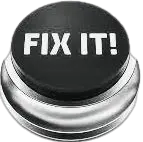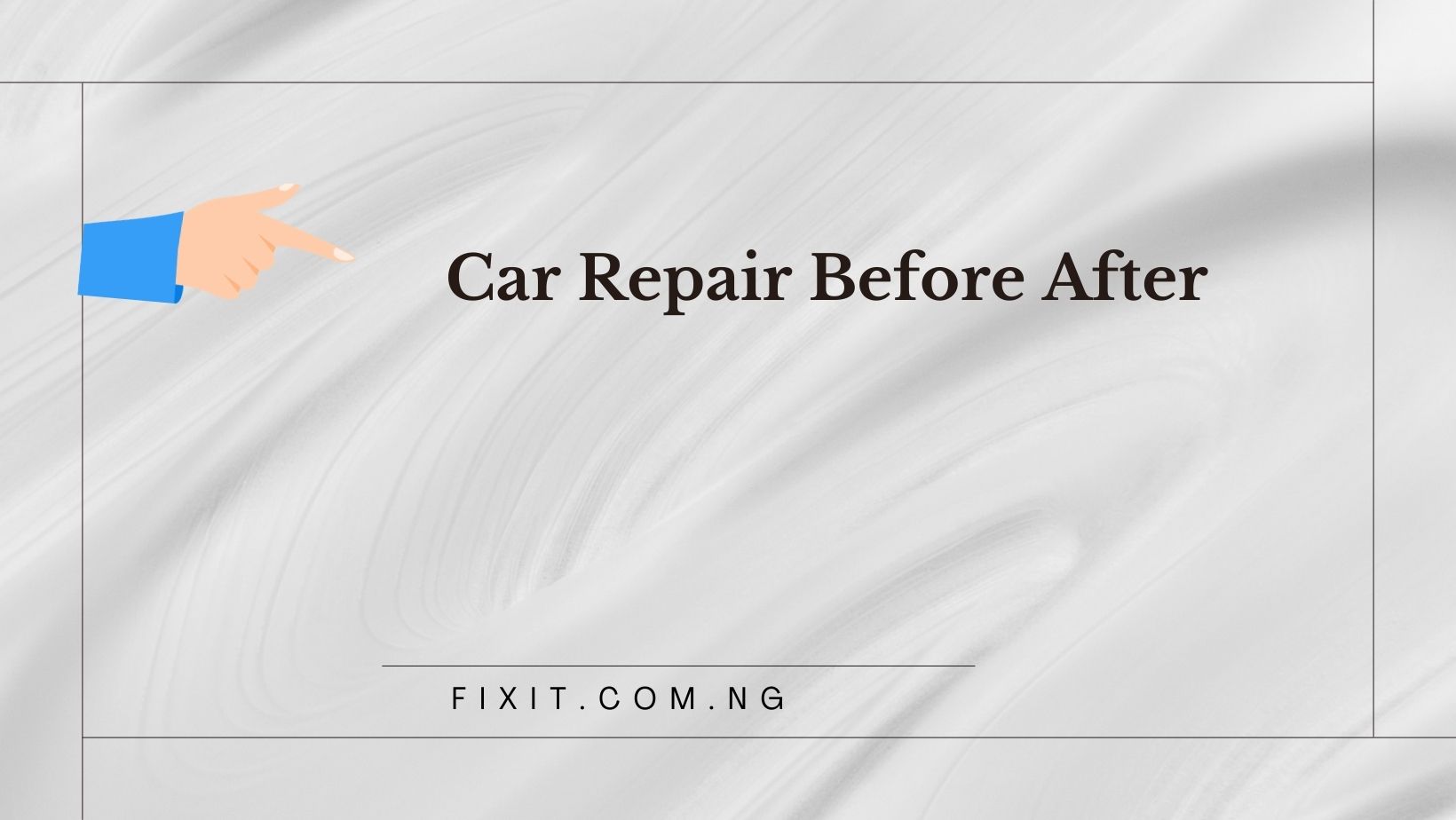Before driving off from a repair facility with your car in town, it’s vital that you carefully assess its quality in order to prevent problems in the future and save both money and hassle down the line. Doing this could save both.
Examine the paint for its correct shade, looking out for signs of overspray or dirt specs, as well as opening and closing all doors, hood and trunk to make sure they open easily.
Paint
An original car paint job looks breathtakingly good, but wear and tear causes scratches, swirl marks and other cosmetic flaws that tarnish its beauty over time. Paint correction may be needed if you plan on selling your vehicle or want to restore one; be it to enhance its value before selling or as part of restoration efforts – either way it is an important part of maintaining its value!
Before any painting starts, the vehicle is thoroughly washed and cleaned to eliminate dirt and grease that may contaminate the finished product or clog up an air gun during spraying, making an even coat harder to achieve. This also gives us the opportunity to inspect its body for any potential imperfections which might require attention.
If you’re dealing with bare metal or having major repairs completed, the area needs to be prepared for priming with a filler primer or surfacer, block sanded, and primed again using high-build primer before being block sanded again with block sanders to look for any high and low spots.
Sanding is an essential step that will determine the success of any paint job. Failing to sand correctly can reveal flaws such as scratches or rock chips in your finish and worsen them over time. If unsure about sanding correctly, consult a professional; they’ll recommend the appropriate grit and technique for your specific project.
Panels
Vehicle panels serve two important functions – protecting passengers, the engine and drivetrain from elements such as weathering or impact, as well as giving your car its distinctive style. If a panel becomes severely damaged it is sometimes best to replace it rather than attempt repairs with body filler.
First, remove the old panel, clean around and behind it, prepare for welding as needed and install the new one welded or bonded in its place. Care should be taken when replacing panels to ensure proper fitment with even gaps between it and adjacent ones as well as hinged parts such as doors or the hood requiring special consideration.
Wheel well panels located between the rear door and trunk are often damaged during parking lot fender benders or rear-end traffic accidents, as are hoods covering key components like engines. Road debris often contributes to these mishaps as well.
Once the frame has been straightened and any areas of rust or corrosion addressed, it’s time to consider whether to repair or replace panels. Body filler may provide temporary solutions; however if there are extensive damages such as large rust holes or thin areas then replacement might be more suitable.
Interior
Before repairs commence, technicians will take photos and compile a list of components and labor for your insurance company to review and approve. When this has taken place, body shop technicians can get to work removing parts that need to be replaced, cleaning and disinfecting all surfaces before taping and sanding them to prepare them for paint application. When painting is complete, any removed components like headlights and wiring will be reinstalled before performing a test drive to make sure everything works as it should.
Repairmen often struggle to match paint to existing fade, even on new cars, with small differences appearing between areas they worked on and how well their repair match up with existing fade. Therefore, after repairs have been completed it’s advisable to collect your vehicle and have a walk around with either its manager or technician who worked on your repairs; they should point out all areas they worked on as well as verify if all have matched correctly.
While conducting a visual inspection, listen to the engine as you start and stop it to identify any unusual noises. Take your car for a test drive during a quiet time – for instance when the shop has closed – in order to listen carefully for anything unusual, such as grinding, screeching or clicking sounds that don’t sound quite normal.
Exterior
Once technicians complete mechanical and frame repairs on your car, they’ll turn their attention to painting its exterior. After taping as necessary and sanding down surfaces as necessary for priming purposes, they will apply base coats and clear coats, before applying base and clear coats as well. You will notice an immediate difference, yet further inspection should include looking out for things such as inconsistencies in color application, hairs, dirt specs or overspray; to do this best pick up the vehicle during bright daylight and look back several steps ensuring even panel gaps!
Make sure your wheels, tires, exhaust tips and mirrors are free from contamination by using the two-bucket method of car washing: first rinse before applying cleaner to high impact areas like bumpers, rocker panels, side-view mirrors and wheel wells, followed by vigorously agitating and scrubbing before rinsing off all areas before finally washing the rest of the vehicle.
If you have concerns about the quality of the paint job, request a walk-around with the shop manager or technician who completed it. They’ll be more than happy to show you their results and point out any areas needing further attention. In addition, make sure you review an automated printout of your frame specifications both before and after repair to verify everything was completed correctly.

